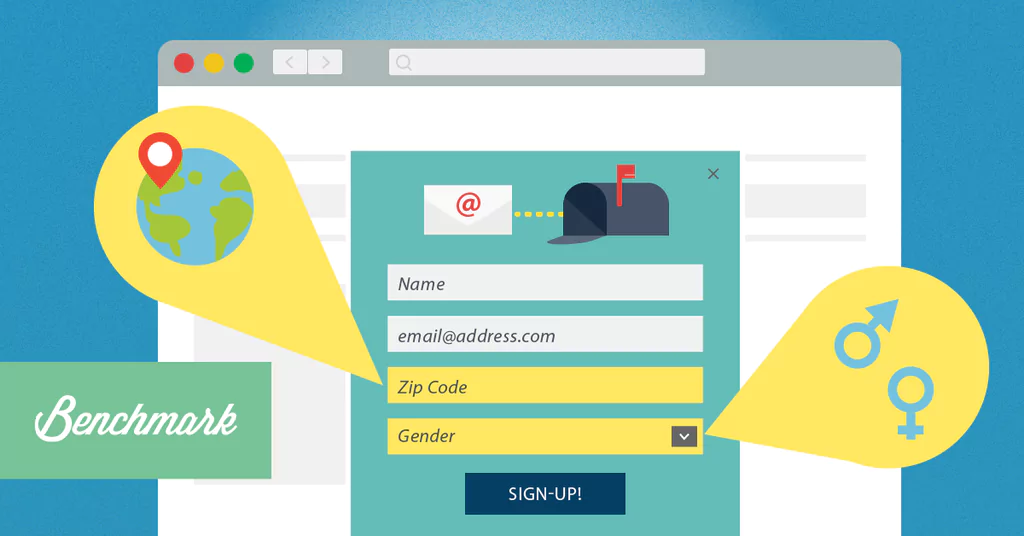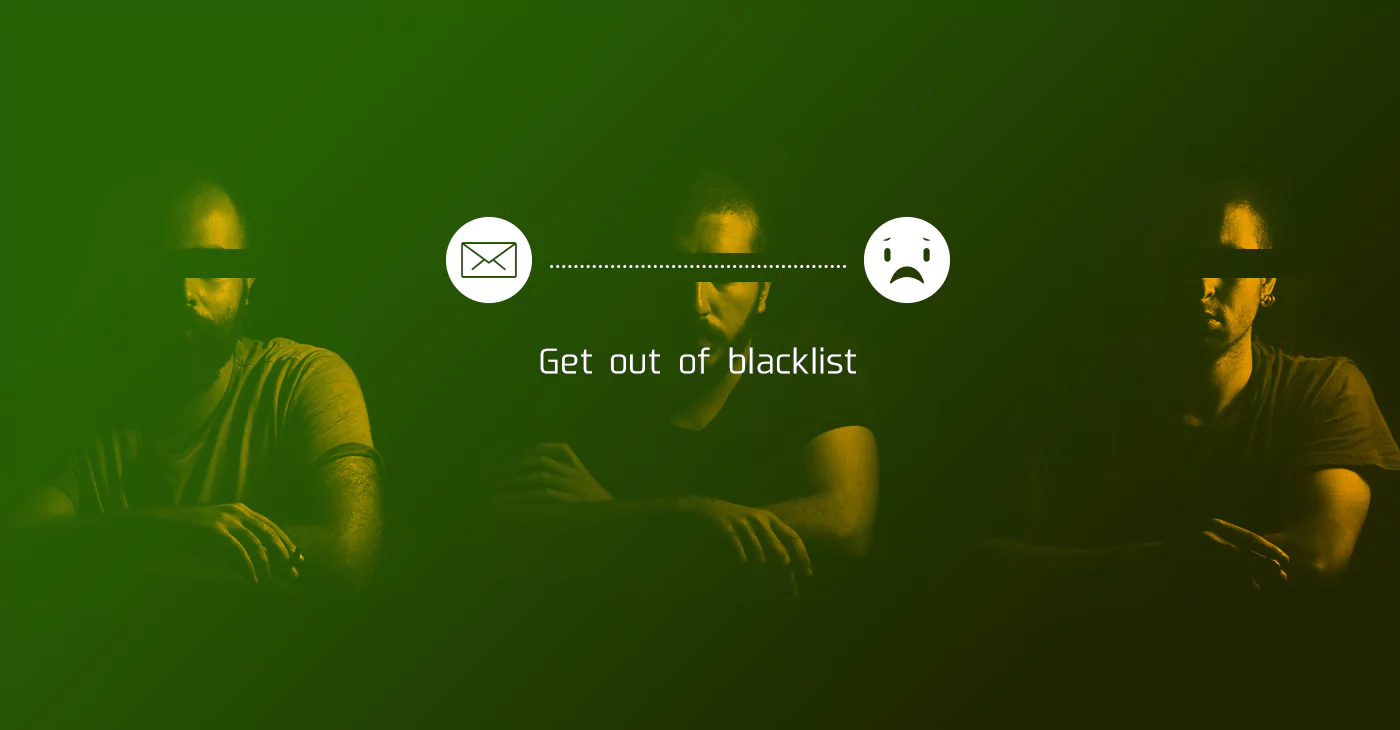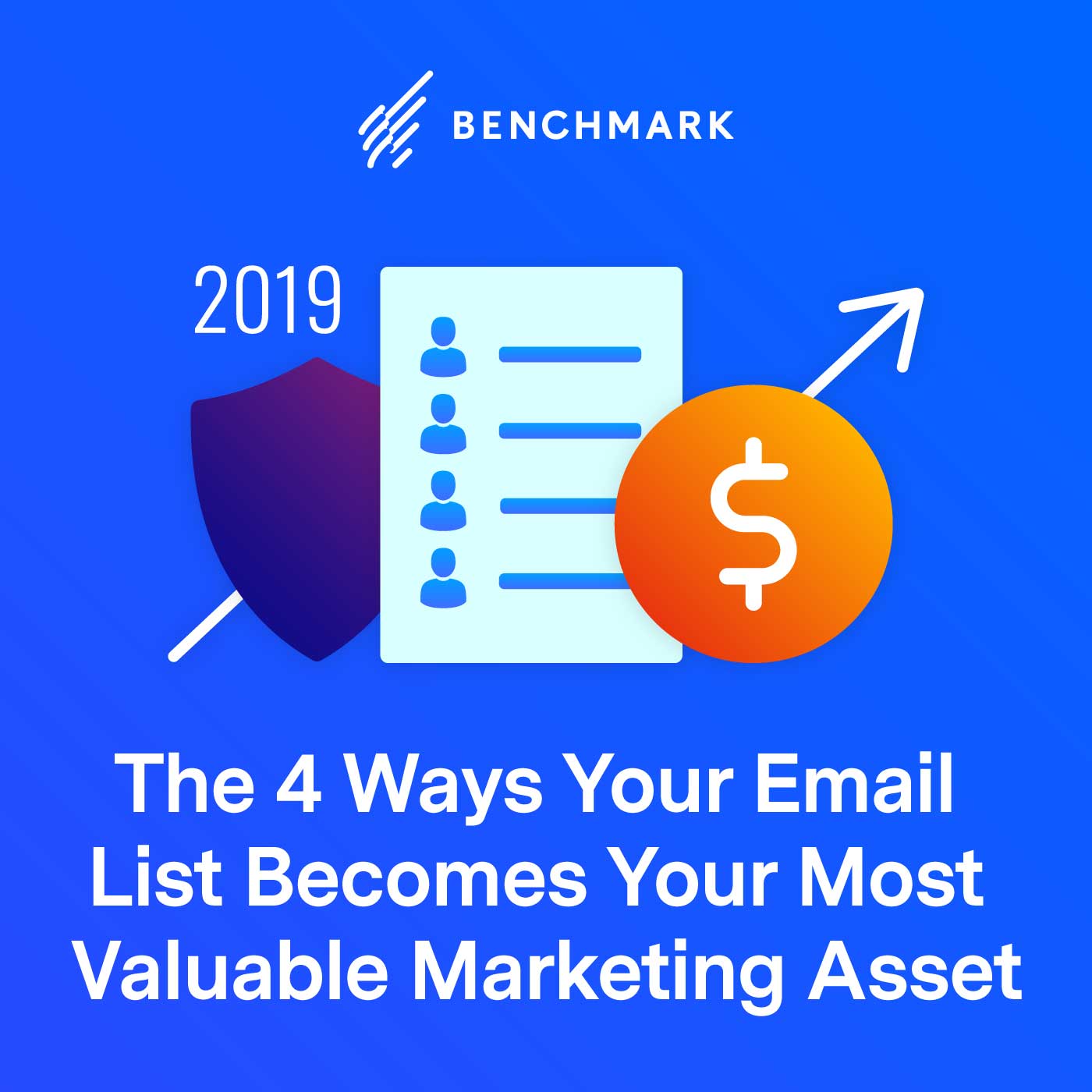In the email marketing arena, there are a number of factors that affect your success. Two that jump right out are frequency and permission. This post will tackle these two critical issues and explain how to best approach them.
The Frequency Dilemma
Sending frequency can be a tough variable to quantify, mainly because both too much and too little could leave you in a pickle. By emailing your subscribers too frequently, you run the risk of alienating those who are already overwhelmed in the inbox. Even if they know you are not a spammer, in their mind, clicking the “Mark as Spam” button could be the easiest way to put an end to the madness. This is definitely something you want to avoid.
On the surface, sending less is the easiest way to deal with the frequency dilemma, but this is not always the case. People are up to their elbows in emails, so much that a subscriber can easily forget all about you if too much time elapses between your last mailing. By the time you do get around to making contact, they may view you as just another spammer. This is especially true if your message does not appeal to them.
The right frequency is not based on industry statistics. It is based on your audience and content. If you are catering to an audience that wants to save money on their purchases, try not to tempt them with offers more than twice a week. If you distribute an email newsletter, once a month would be the perfect schedule. If the information you deliver is time sensitive, you may have to ramp up your frequency to as much as every day. The key to getting it right is testing and finding the frequency your audience is more likely to respond to.
The Don’ts of Obtaining Permission
If you are deploying your email campaigns without obtaining permission, frequency will be the least of your worries. Getting permission is a must in this game, but keep in mind that there is a right and wrong way to go about obtaining it. Here is what you don’t want to do:
- Rent or Purchase a List – Many vendors like to boast that the lists they rent or sell are comprised of people who have already given their permission. Even when this is the case, remember that permission wasn’t directly given to you, meaning you could still find yourself with spam complaints and poor results.
- Assume Permission – Just because someone you meet at a convention tells you it’s okay to contact them with more details via email doesn’t mean you can add them to your list and start sending them offers. If you want to avoid complaints, you must obtain their permission through the opt-in process that sees them willingly hand it over.
- Use Single Opt-in – Obtaining permission through a single opt-in process is good, but double opt-in is even better. With double opt-in, you are giving the subscriber a chance to reconfirm their interest in your mailings, which covers your back should any legal issues arise. The double opt-in has become a best practice for a reason.










